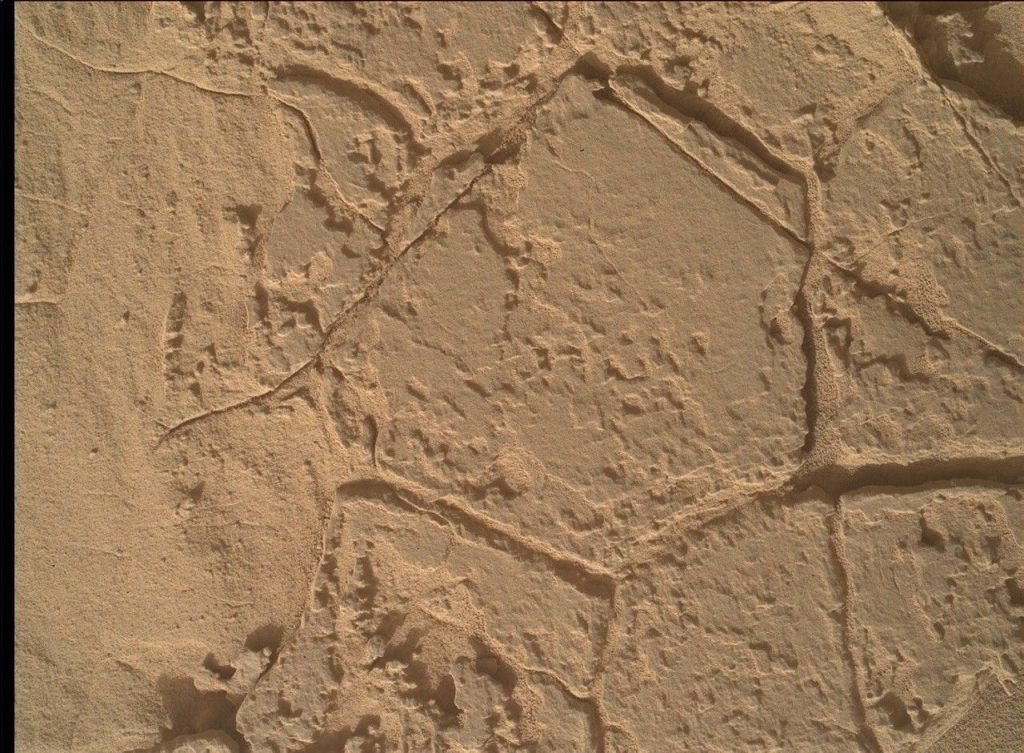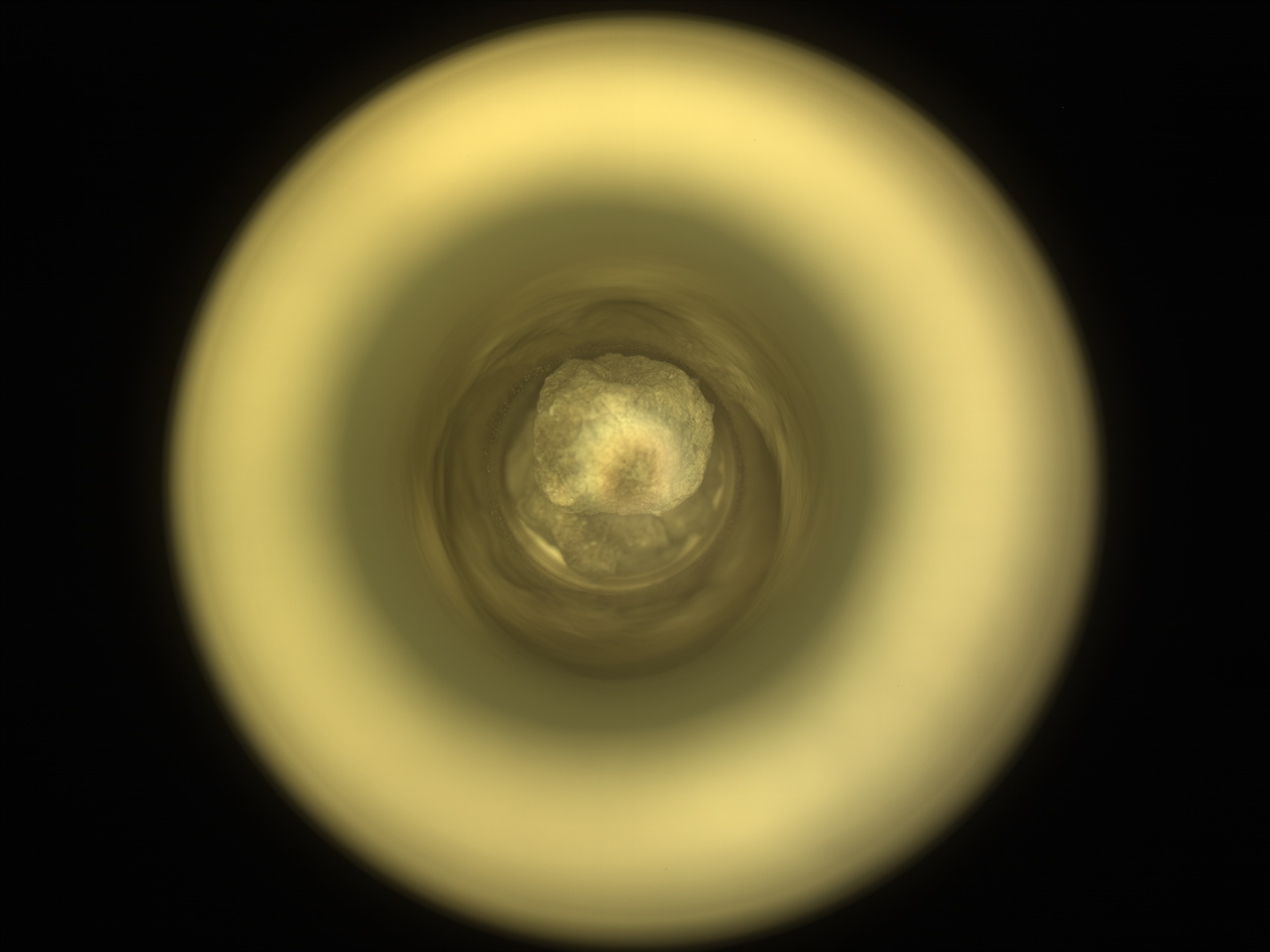2 min read
Sols 4443-4444: Four Fours for February
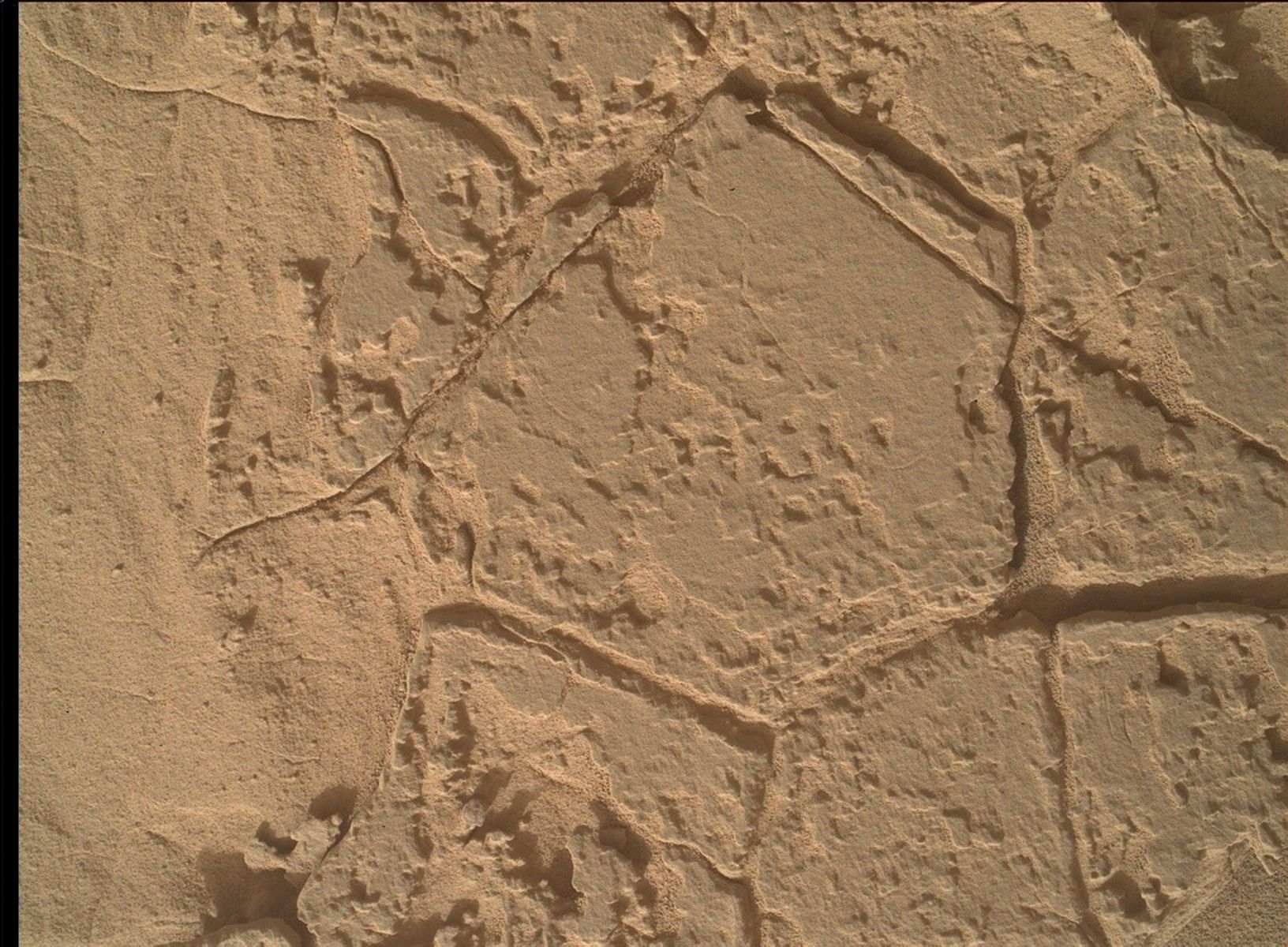
Earth planning date: Monday, Feb. 3, 2025
Another successful weekend plan left us about 23 meters (about 75 feet) farther down our Mount Sharp Ascent Route (MSAR), with all our science data downlinked to Earth and the planet clocks aligned once more. We only have until 18:26 Pacific time to get this Monday’s plan uplinked (due to the Soliday over the weekend), and two full days of science to plan!
Our first sol science block starts at 12:06 local Gale Crater time, including a ChemCam long-distance RMI mosaic and a five-shot laser on bedrock. After ChemCam is done, Mastcam is planning 42 images, including ChemCam’s LIBS spots, some meteorite fragments, sand troughs between bedrock blocks, and interesting vein structures in our surrounding terrain. Navcam is planning to finish out that science block with a large dust devil survey. After our remote science wraps up, we’ve committed the hours between about 15:00 and 22:45 to our full contact science suite. Luckily, SRAP passed yet again and we took the opportunity to plan two targets — “San Rafael Hills” as our DRT target and “Allison Mine” as a potential meteorite target.
After a nice, long sleep our rover will wake up at 09:53 local Gale time and start another round of remote science to start the sol. This time ChemCam will shoot their laser at the potential meteorite and contact target Allison Mine, with Mastcam following up to document the spots. After one last 20-minute sweep of Texoli butte through Mastcam, it’s time to pack up and head back down the MSAR. Hopefully our drive goes well again and we’ll find ourselves about 36 meters (about 118 feet) away on Wednesday!
Written by Natalie Moore, Mission Operations Specialist at Malin Space Science Systems
Explore More
Discover More Topics From NASA
Mars
Mars is the fourth planet from the Sun, and the seventh largest. It’s the only planet we know of inhabited…
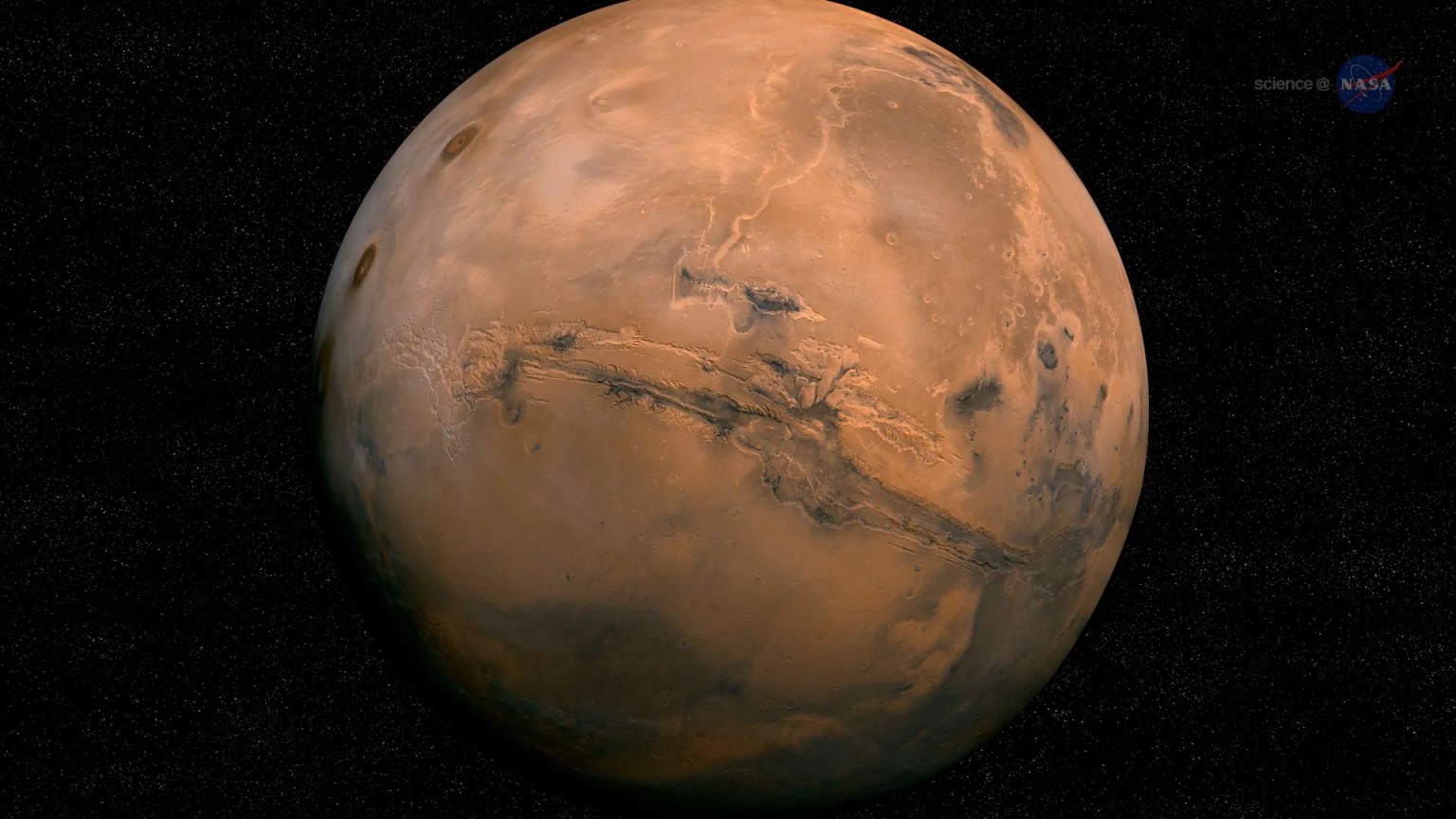
All Mars Resources
Explore this collection of Mars images, videos, resources, PDFs, and toolkits. Discover valuable content designed to inform, educate, and inspire,…
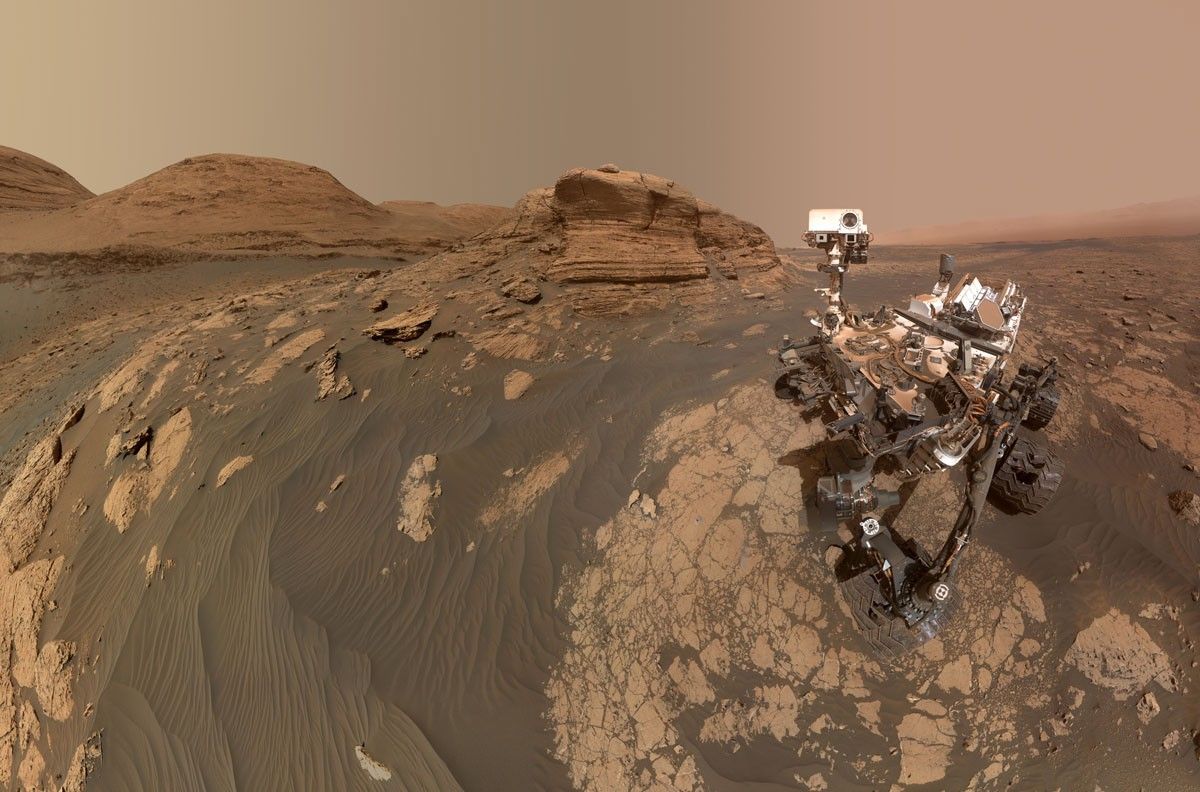
Rover Basics
Each robotic explorer sent to the Red Planet has its own unique capabilities driven by science. Many attributes of a…
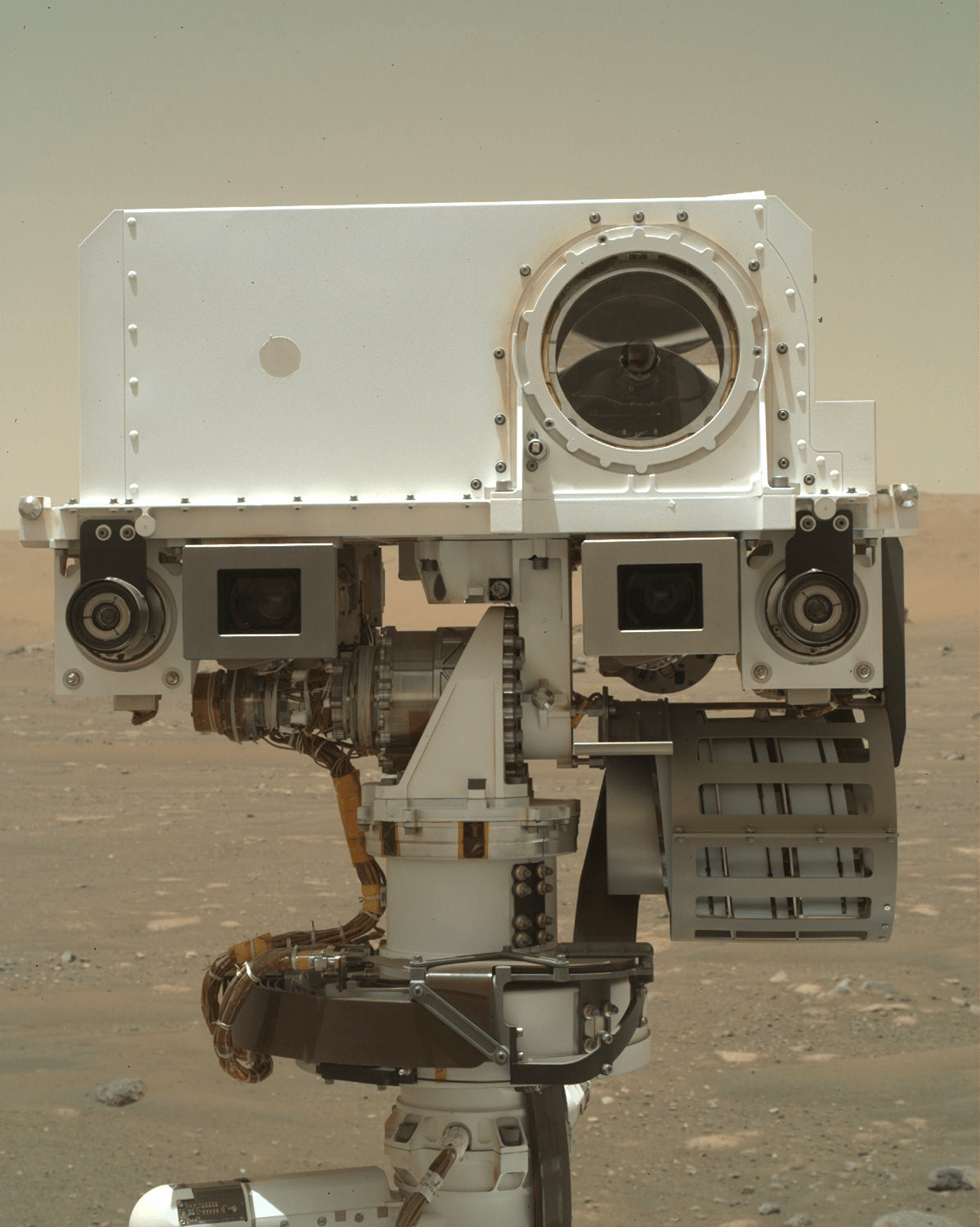
Mars Exploration: Science Goals
The key to understanding the past, present or future potential for life on Mars can be found in NASA’s four…
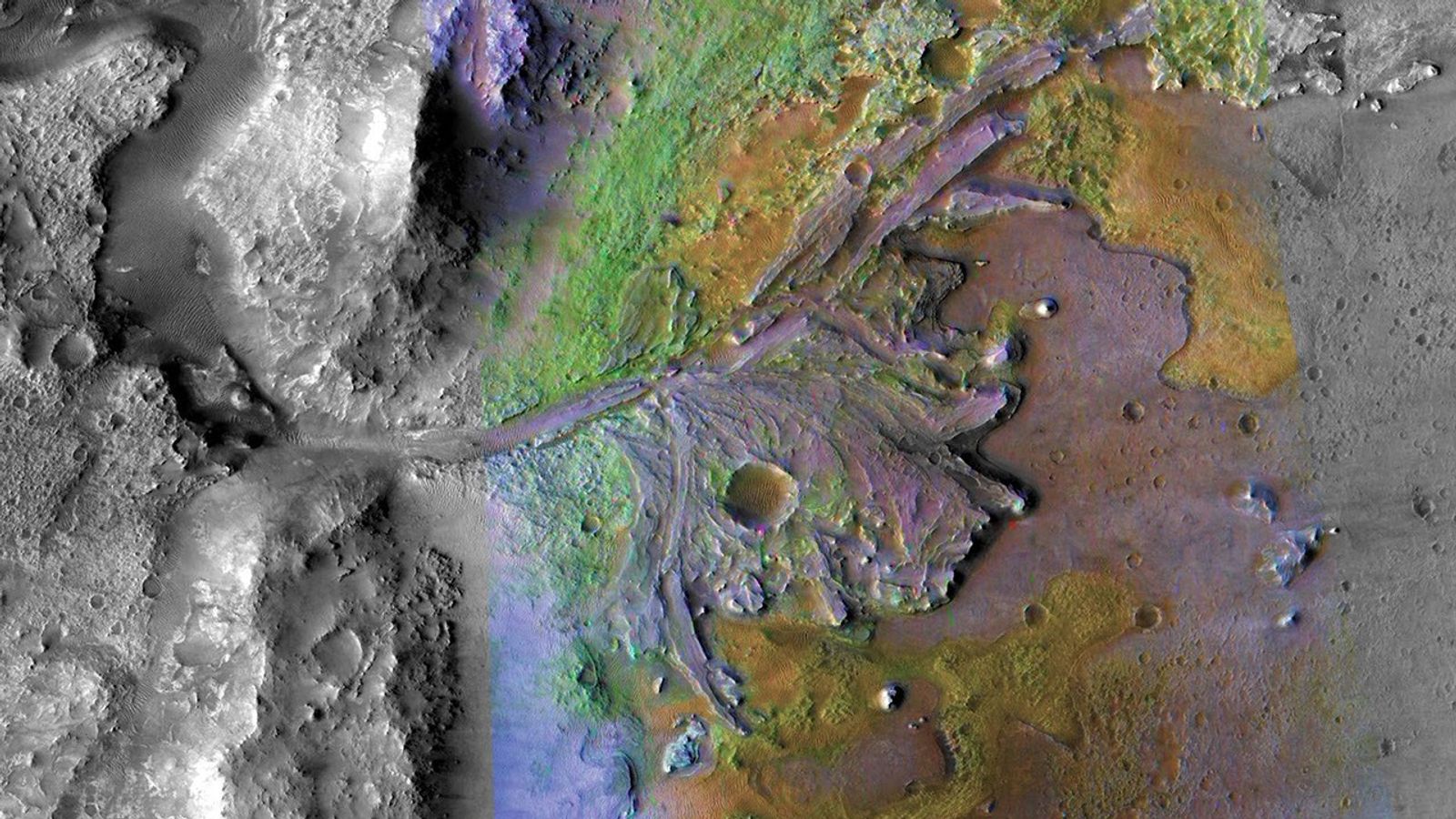
The post Sols 4443-4444: Four Fours for February appeared first on NASA Science.



